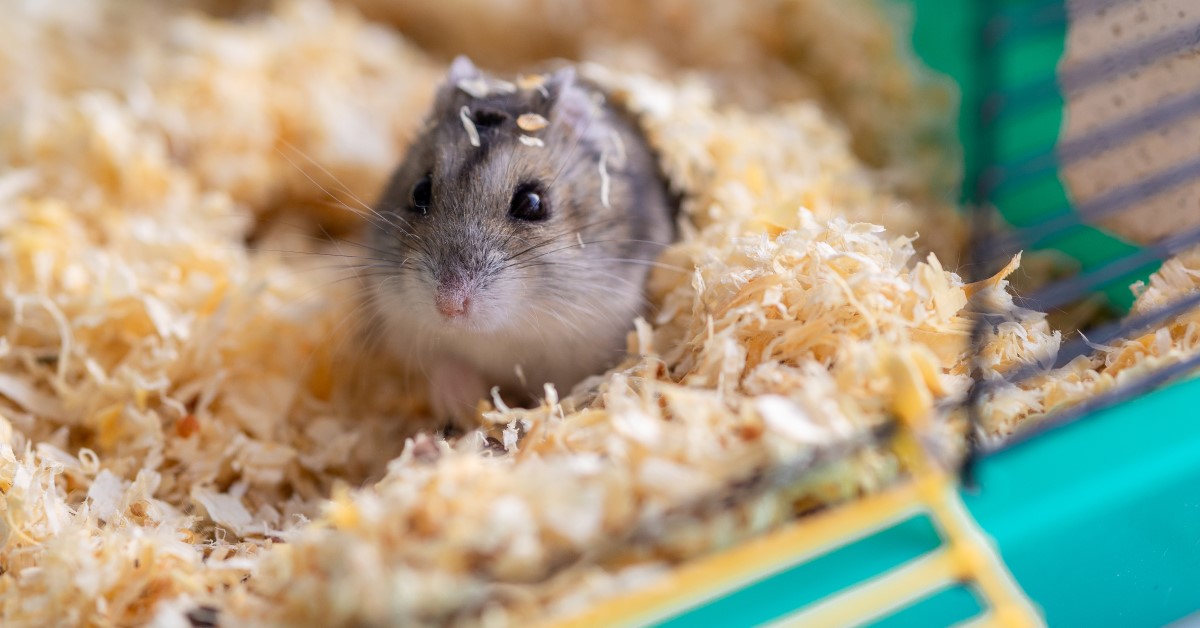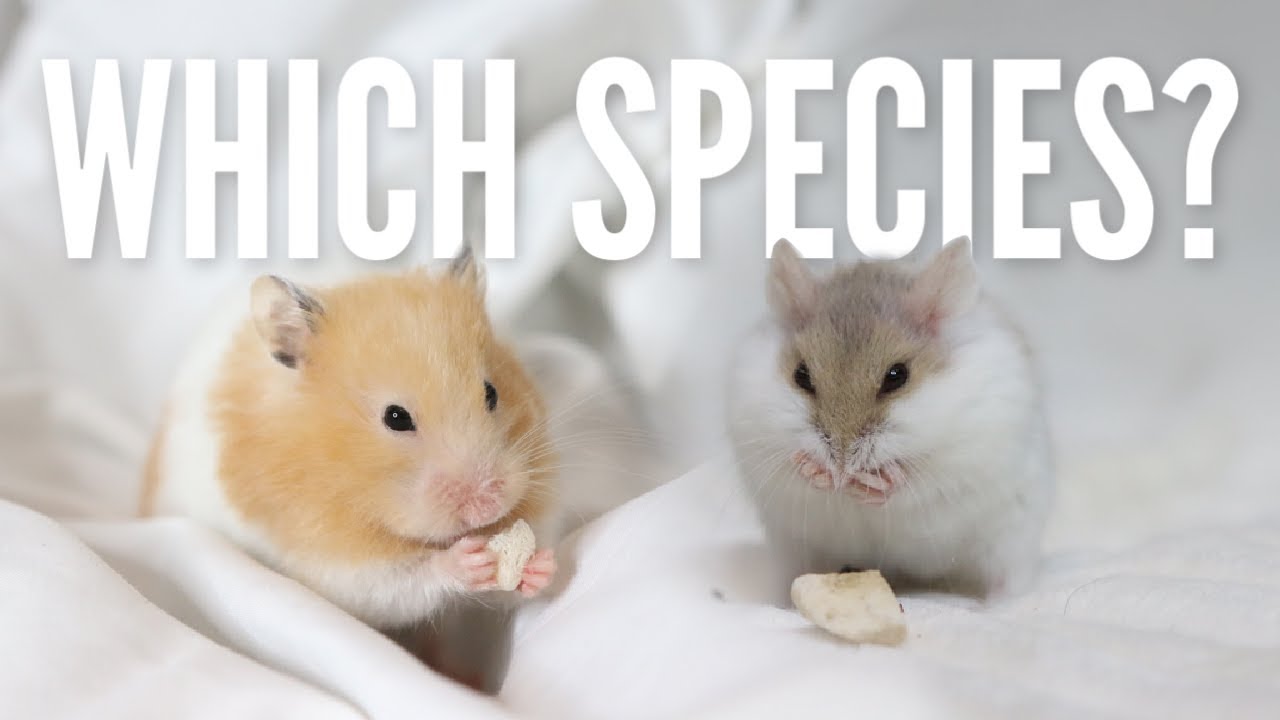Best Hamster Types for Social Children
Finding the right pet can be a delightful yet challenging task, especially when considering adorable and social companions like hamsters. Hamsters are small, furry creatures that can bring joy and excitement to any child’s life. But with various breeds available, it’s important to know which types are best suited for children. In this article, we’ll explore the best hamster breeds that are known for being social and engaging. With the right approach, hamsters can become loving pets that are perfect for children of all ages.
Choosing the Right Hamster Breed
Before diving into specific hamster breeds, it’s crucial to understand the characteristics of hamsters that make them suitable for children. Kids often value companionship, and some hamsters exhibit friendlier and more sociable behaviors than others. Factors like breeding, early socialization, and individual temperament all play significant roles in a hamster’s sociability. Generally, dwarf hamsters tend to be more social than larger breeds, making them excellent companions for young children who want an interactive pet.
Syrian Hamster: The Classic Choice
Syrian hamsters are one of the most popular hamster types and for good reason. These larger hamsters often weigh about 5-7 ounces, and they exhibit gentle temperaments, making them suitable for children. They thrive with human interaction, making them an excellent option for social bonding. When handled regularly from a young age, Syrian hamsters are less likely to be standoffish. It’s important to note, however, that Syrian hamsters are solitary creatures; therefore, they should always be housed alone.

Dwarf Hamster: A Fun Alternative
Dwarf hamsters, such as the Roborovski and Campbell’s dwarf hamsters, are known for their socialization skills. Unlike their Syrian counterparts, dwarf hamsters can often live together in pairs or groups, making them a vibrant addition to a child’s environment. They tend to be smaller, making them easy for children to manage. With time and consistent interaction, these hamsters can become accustomed to handling and may even enjoy playing together, bringing much joy to social children.
Socialization Tips for Hamsters
Bringing a new hamster into your home is just the beginning of the bonding process. Proper socialization is key to ensuring that your child has a happy, interactive pet. Here are some effective tips for fostering a friendly bond between hamsters and kids:
Regular Handling
Frequent and gentle handling helps hamsters adjust to human companionship. Encourage children to hold their hamsters often, but in a calm and safe environment. Create a routine where children hold their hamsters daily, allowing the pets to become comfortable with human touch over time. Avoiding abrupt movements is important to create a secure atmosphere for the hamster.
Creating a Safe Play Environment
Establishing a safe and stimulating environment allows hamsters to explore, which aids in their comfort level with children. Use playpens or hamster balls to give them space to roam while being supervised. This type of interaction encourages curiosity and helps children learn about hamster behaviors in a fun way.

Health Considerations for Hamster Care
While selecting the right breed is important, understanding the health requirements of hamsters should also be a priority. Keeping these pets healthy contributes to their social behavior and enhances their lifespan. Here are some key health considerations:
Proper Diet
Offering a balanced diet plays a crucial role in keeping hamsters healthy and energetic. Commercial hamster food, combined with occasional fresh fruits and vegetables, yields better health outcomes. Children can help with feeding, which teaches them responsibility and the importance of proper nutrition for pets.
Regular Vet Check-ups
Visiting a veterinarian can ensure that the hamster stays in good health. Regular check-ups can reveal potential health issues early on, which is vital for social development. Teach your child about signs of illness in hamsters to ensure timely intervention, making them active participants in their pet’s well-being.
Conclusion: A Loving Companion for Children
Hamsters, when chosen wisely and cared for properly, can become wonderful pets for children. Syrian and dwarf hamsters stand out as great choices for social interactions and bonding opportunities. With a commitment to regular handling, creating a stimulating environment, and ensuring proper health care, parents can instill valuable lessons in their children while creating cherished memories with their furry friends.
FAQ
1. What is the best hamster breed for young children?
While individual temperaments can vary, Syrian hamsters are often considered the best breed for young children due to their friendly nature and ease of handling. They form strong bonds with caregivers when socialized properly.
2. Can dwarf hamsters live together?
Yes, dwarf hamsters generally have the ability to live in pairs or small groups, but they should be introduced at a young age to adjust to each other. Keeping compatible breeds together ensures they remain social without territorial issues.
3. How can I help my child bond with their hamster?
Encouraging regular handling, creating play opportunities, and allowing children to assist with feeding and care all contribute positively to the bond between the hamster and child. Consistency is key for successful bonding.
4. How often should I take my hamster to the vet?
Regular vet check-ups are recommended at least annually, but younger hamsters may benefit from semi-annual visits. This check-up routine helps spot any potential health concerns early on.
5. What are some signs that a hamster is comfortable with handling?
A hamster that is comfortable with handling will readily explore hands, show relaxed body language, not struggle to be placed back down, and may even enjoy climbing on their owners. Positive interactions will increase the likelihood of them feeling secure.
By selecting the appropriate hamster breed and following this guide, your child can cultivate a rewarding relationship with their new furry friend.
